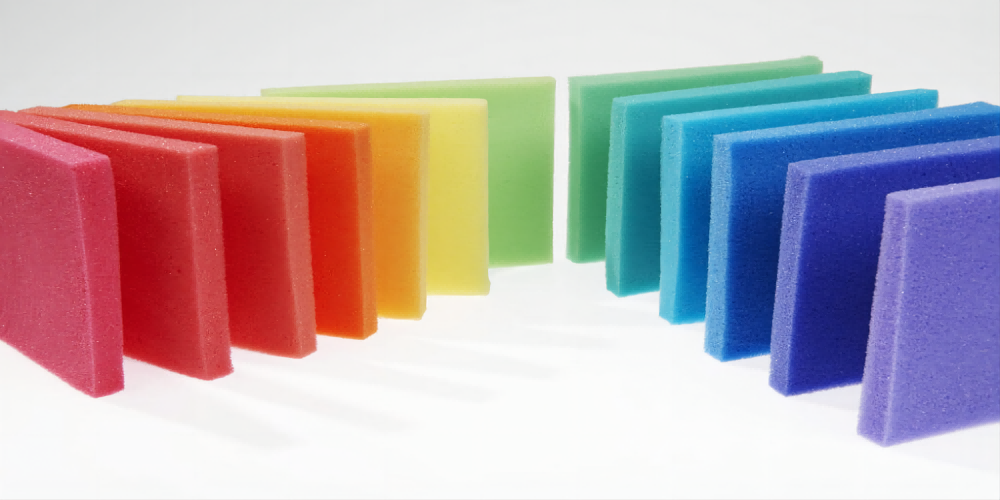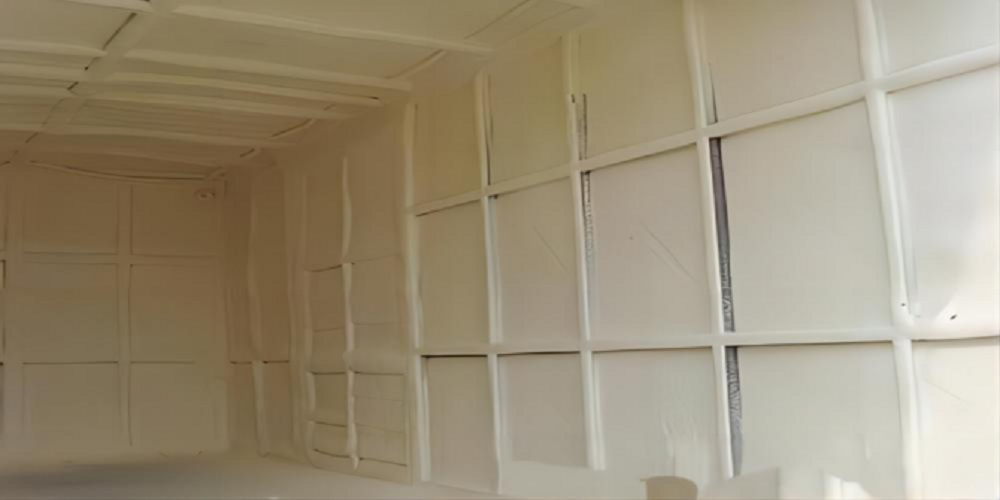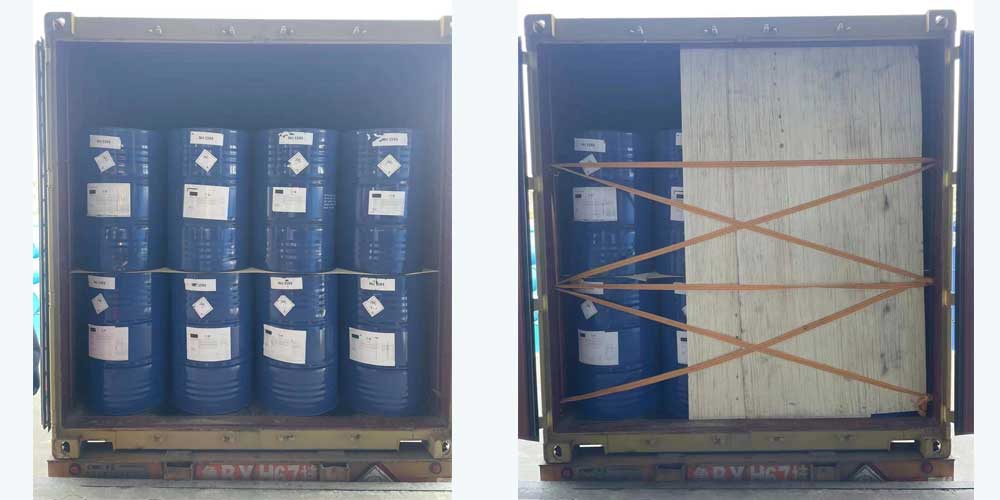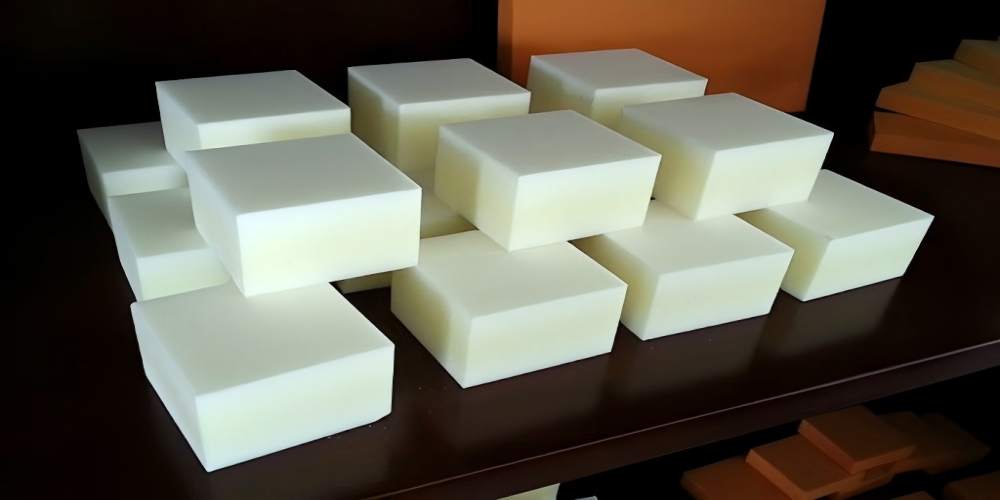
How to improve the rebound rate of foam
With the polyurethane high resilience foam process, the foaming technology is becoming more and more perfect, and more and more people pay attention to the reboundrate of foam.
To improve the rebound rate of foam, it can be improved in the following aspects and make it perform better in practical applications
Cell opening rate
Increasing the porosity of the bubble can increase the rebound of the foam. This can be achieved by adjusting the amount of blowing agent and the surface tension of the cell wall, so that the cell wall can be evenly broken during the foaming process, thus improving resilience.
Cell shape
The shape of the cells also has a significant effect on the resilience. Foams with spherical cell structure usually have good resilience. Therefore, the deformation of the cells can be reduced by reducing the foaming temperature and maintaining the regularity of the cell shape.
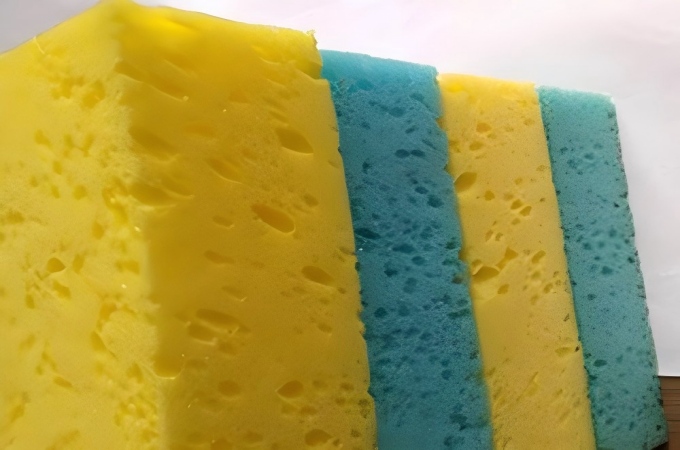
Pore size and its distribution
The small, evenly distributed cells help to improve the resilience of the foam. Increasing the amount of cell stabilizer can effectively control the pore size and distribution of the cells, thereby improving the resilience.
Polyether polyols
The use of polyether polyols with relatively large molecular weights can improve the flexibility of the molecular chains, thereby enhancing resilience. At the same time, measures need to be taken to reduce the degradation of large molecular weight polyether polyols, such as adding the right amount of antioxidants.
Isocyanates
Controlling the isocyanate index (TDI index) within the appropriate range can effectively improve the hardness and resilience of the foam. An increase in the TDI index is usually accompanied by an increase in resilience.
Qichen has been specializing in providing high-resilience molded blend polyols for many years, and has been providing customers with customized products while providing various technical guidance. Welcome to consult and learn.



